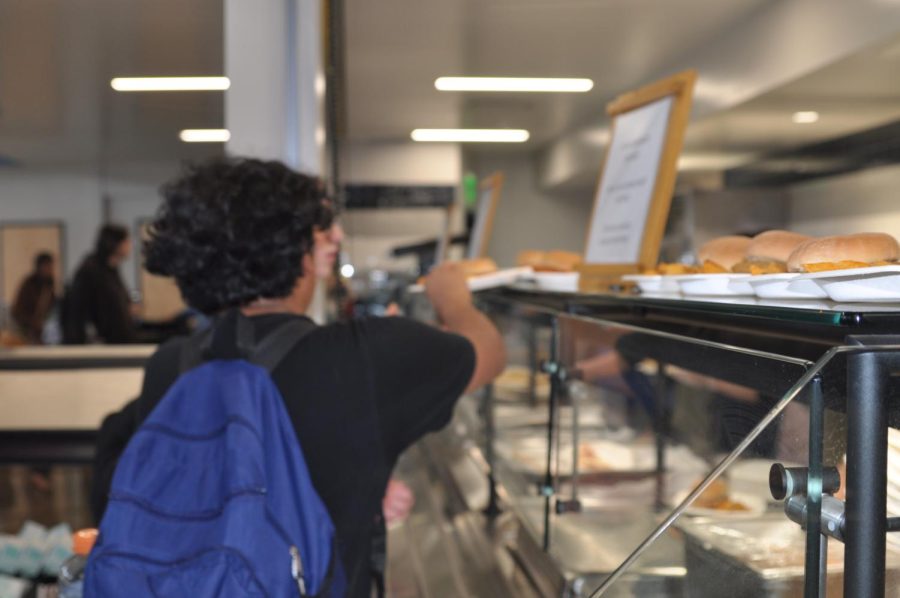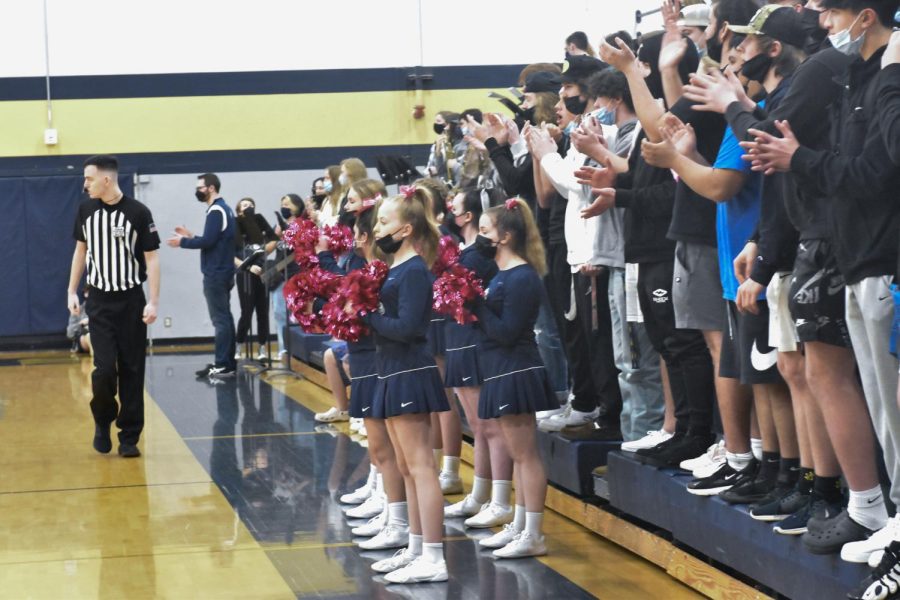Lunch at West is a constant issue: what time, what food, even the quality of the food and its nutritional information is a common subject among students. Everyone’s eating schedule and food choices are different, as well as their financial situation, but the biggest school lunch topic of discussion this year is its absence. After two pandemic-filled years, free lunch for all is over. Covid-related funds used to provide free meals to all students ended, and a handful of GAPS schools, including WAHS, no longer qualified for universal free lunch. According to the U.S. Census data on families in the school’s boundary area, 46% of families should be eligible for free lunch, but at least 50% is required for the school to qualify for free meals for all. That small difference of 4% cost all students a free meal.
This school should offer such a basic human need. Especially when the new delayed schedule is taken into account. Cafeteria worker Kimberly Hills expressed her own concern for children who do not get lunch. She claims over 700 children made use of the schools free lunches last year. A very solid chunk of the school body.
Hills confirms the number of students who get lunch has gone considerably low. While she admits it has made the workload much more manageable, it pains her to think of students who don’t go through the thick process of signing up for the lunch program. What reasons do students and their families have to avoid registering?
For one, the process was described by Junior Aiden Howard to take a few weeks to become completely finalized after registering to the school. It’s cumbersome and requires an unnecessary amount of effort and time for families. As well as violates some personal financial details that families may just simply not want to share. For whatever reason, kids are still treading on an empty stomach in an environment where it just shouldn’t be the case.
However, the issue stretches further than just kids going hungry. As Hills further elaborates, there is now a system keeping track of school lunches being made and sold. With this new computerized system comes a whole array of problems, such as the processing fee that is necessary every time money is transferred into a students’ account. The obvious solution would be to let students pay up front with cash during lunch time. However, cash is out of the question this year, so money must be processed through digital means – which requires funds added inside the student’s account to be above $25.00. This absurd, arbitrary rule is anything but inclusive of families just trying to ensure their kids don’t starve.
The situation has become even more serious, as Hills has witnessed students attempting to steal lunches. She estimates about three lunches are stolen per day. As small a number as it may seem, it highlights the hazardous environment this new lunch system has fostered at this school. Kids are so hungry, they’re literally stealing cafeteria food.
One sad fact in this matter is National School Lunch week, stretching from October 10-14. The time when WAHS made the gracious gift of feeding any hungry students, without monetary gain of course. The generous present of offering emaciated kids milk and a burger after 5 and a half hours of lecturing is a festivity worth celebrating
However, cafeteria workers should not be blamed for this decision. It is easy to find a scapegoat to blame for this problem, but it is unfair to put the blame on those who just want to feed students. This is a systemic level issue that must be changed. Oregon should implement a universal lunch program that enforces the giving of a free lunch for all schools in all districts. It shouldn’t be a matter of what families qualify for what and whether ___% of ___ are eligible for ___. Other schools such as South Albany, Central and Lafayette Elementary don’t starve their students, why does West?



